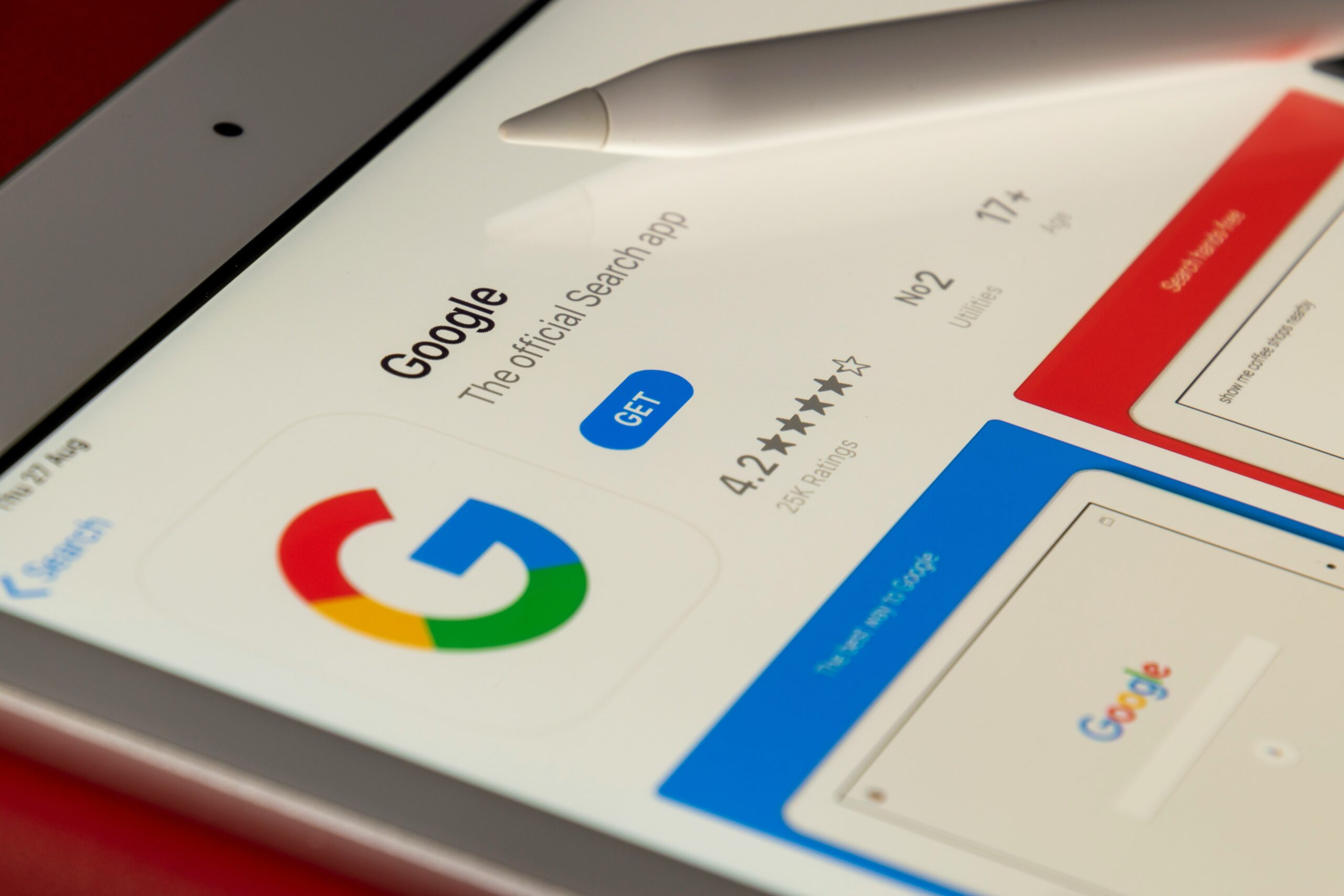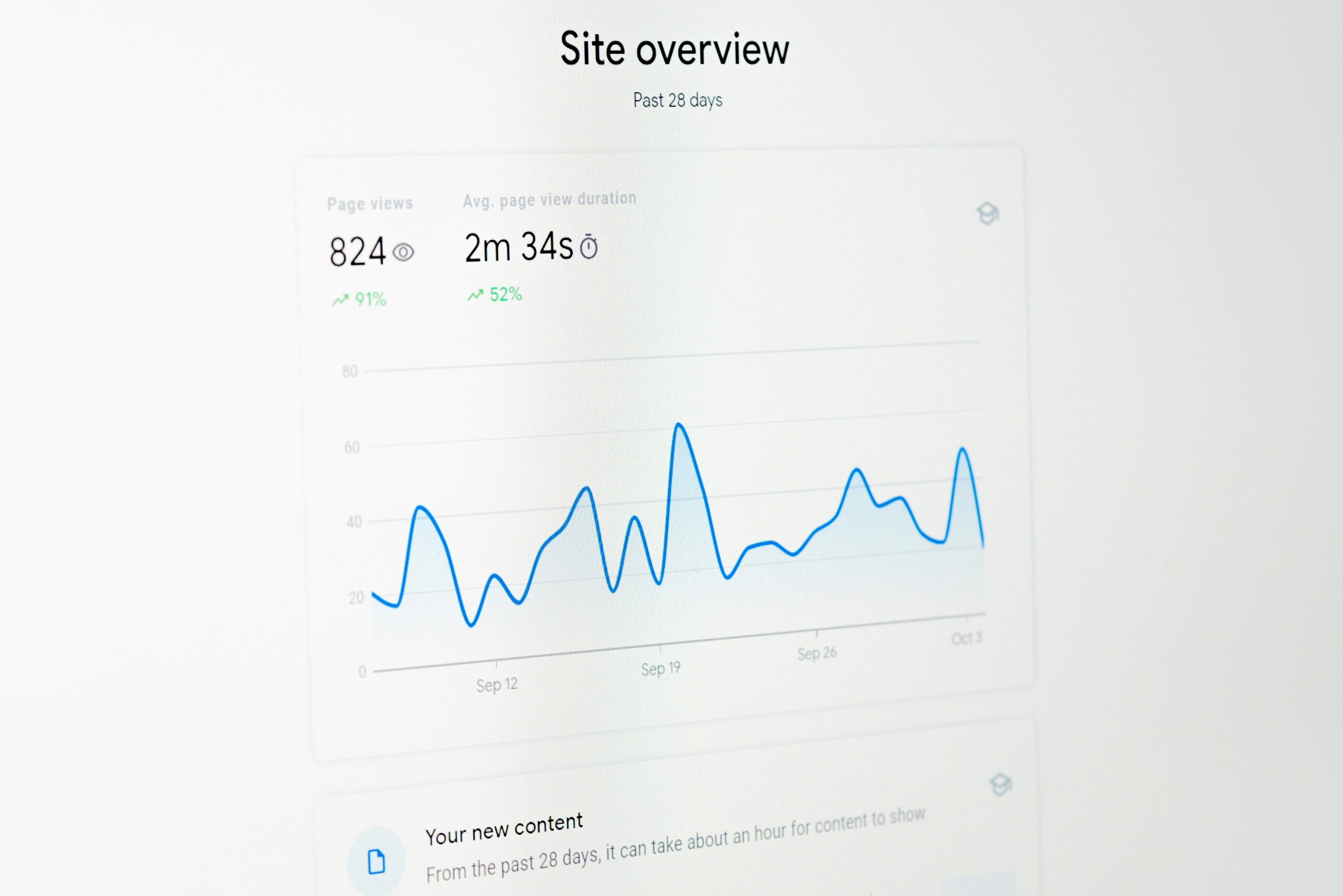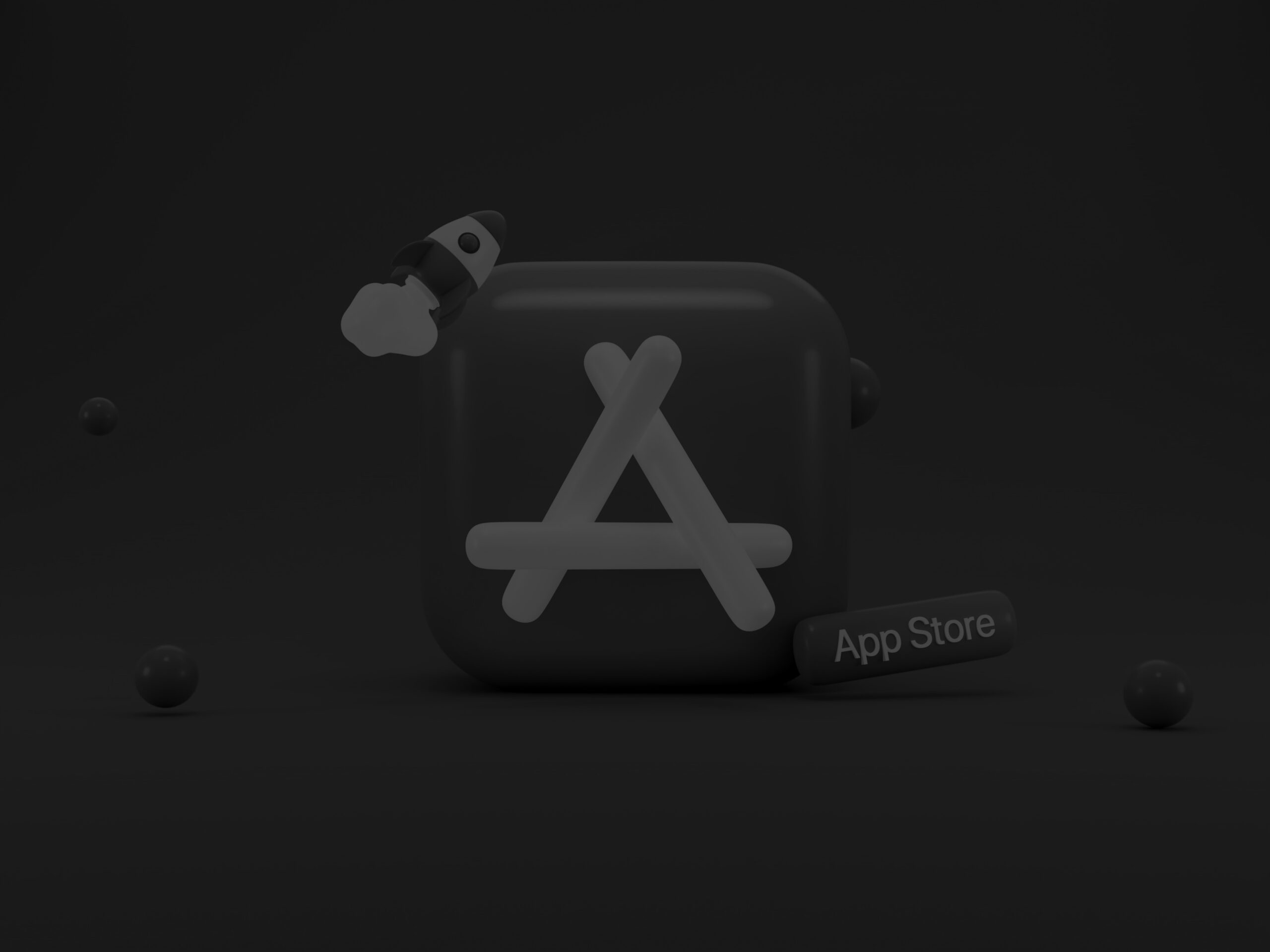Search isn’t what it used to be. The way people find answers online has shifted from skimming blue links on a Google page to asking questions out loud or typing them into AI chat tools like ChatGPT, Copilot, or Perplexity. That evolution has forced a similar shift in how content needs to be structured. There is no longer just optimizing for clicks – there is optimizing to be the answer.
That’s where Answer Engine Optimization (AEO) comes in.
AEO isn’t just a buzzword. It’s a real strategy with real implications for marketers, content creators, and SEO professionals. This article walks through what AEO solutions actually look like in practice – from understanding how answer engines work to implementing the tools and techniques that get your content picked up and quoted in AI-generated responses.
Let’s get into the details.
Why AEO Matters More Than Ever
People want answers faster and with less effort. They don’t want to dig through articles or scroll through ten tabs to get what they need. AI tools now step in to do that for them, summarizing content and providing direct answers without sending users to a separate website.
Here’s the catch: these systems choose what to include based on how well your content is structured, how clearly it answers questions, and whether it looks trustworthy to an AI. If your content doesn’t check those boxes, it’s not getting referenced. Which means you could be invisible in this new search landscape – even if you rank well in traditional SERPs.
That’s where AEO solutions come in: they help bridge the gap between your content and how answer engines work.
Let’s Get Clear: What Are Answer Engines?
Answer engines are AI-powered systems that serve up quick, accurate answers to specific questions. Think of tools like:
- Google’s Search Generative Experience (SGE).
- Microsoft Copilot.
- ChatGPT (especially with browsing turned on).
- Perplexity AI.
- Voice assistants like Siri or Alexa.
Instead of just pointing users to content, these platforms try to provide the answer directly. And they pull from all kinds of sources – websites, PDFs, forums, structured data – whatever gives them the clearest and most reliable response.
If your content is optimized the right way, it becomes part of that data stream.
How LenGreo Helps Brands Win in AI-Driven Search
At LenGreo, we’ve built our approach around the way people actually search today. When users turn to tools like ChatGPT or Google Gemini for instant answers, we make sure it’s your content they see first. Our AEO and AI Search Optimization strategies are designed to match how AI interprets content – not just how humans write it. That means we help brands structure their message in a way that search engines can easily understand, trust, and elevate.
We don’t do cookie-cutter solutions. We start by mapping real user intent, not just keywords, then build conversational content that mirrors how people naturally ask questions. From schema markup to full-scale content strategy, we align every part of your online presence with how modern answer engines work. If you’re serious about showing up where your audience is actually looking, we make that happen. And yes, we’ve seen the results firsthand – from boosted conversion rates to more traffic coming directly from AI-generated answers.
The Core of AEO: What Actually Needs to Change?
At a high level, AEO is about making your content easier for machines to understand, extract from, and trust.
Simple? Not always. But let’s break it down further into practical solutions you can actually apply.
1. Build Around Real Questions, Not Just Keywords
Traditional SEO starts with keywords. AEO starts with questions.
AI tools are designed to answer specific, often conversational queries. If your content isn’t shaped around those, it’s less likely to be pulled into a response.
Here’s what works:
- Use tools or even Google’s “People Also Ask” to discover real questions people are asking in your niche.
- Check forums like Reddit or Quora to find language your audience actually uses.
- Focus content around full-sentence queries like: “How much does custom software development cost?” or “What’s the difference between technical SEO and AEO?”.
You’re not stuffing long-tail keywords here. You’re building content that literally answers these questions, clearly and in plain language.
2. Lead With the Answer, Then Add the Context
Here’s one of the most effective AEO techniques: answer first, explain later.
AI models don’t want to dig. They want to grab a sentence or two that nails the question. If your best explanation is buried under an intro and two paragraphs of backstory, it’s not getting picked.
A better format is as below.
Question: How do you write an AEO-optimized paragraph?
Answer: You start by writing a direct, 1-2 sentence response to a specific question, then expand with additional detail or examples.
This works incredibly well not just for AI visibility, but for human readers too.

3. Use Structured Data – But Don’t Overdo It
Adding schema markup to your pages helps search engines and answer engines understand what your content is about. This makes it more likely to show up in featured snippets, rich results, and voice search responses.
Most useful types of schema for AEO:
- FAQPage (for structured Q&A content).
- HowTo (for step-by-step guides).
- QAPage (for community-driven answers).
- Article (with author and publisher details).
That said, don’t treat schema as a magic bullet. It won’t help weak content. It just makes great content easier for machines to interpret.
4. Write Like a Human (Yes, Still)
AI is smart, but it still prefers human-sounding content. That means clear language, natural phrasing, and conversational flow matter more than ever.
Avoid:
- Overstuffed keywords.
- Passive, generic sentences.
- Robotic phrasing like “in conclusion, the answer engine optimization process involves…”.
Do:
- Use contractions (it’s, you’re, they’re).
- Keep sentences short where possible.
- Break up dense sections with subheadings and bullet lists.
- Sound like someone who actually cares about helping the reader.
You don’t need to dumb it down. You just need to make it readable and real.
5. Optimize for Voice and Mobile at the Same Time
Many answer queries come through voice search. And most of those are made on mobile.
That means your content needs to:
- Load fast.
- Use natural, question-based phrasing.
- Be easy to skim on a small screen.
- Avoid jargon, especially in intros or headlines.
A simple test: read your answer out loud. If it sounds awkward or overly technical, revise it.
6. Keep Content Fresh – AI Likes Timely Data
AI tools lean heavily on what’s recent. If your content hasn’t been updated in a year or more, it’s less likely to show up in AI summaries or voice responses.
Quick refresh checklist:
- Update outdated stats and links.
- Add new use cases or examples.
- Refine answers to reflect current search trends.
- Check your competitors’ updates and fill any gaps.
Even just refreshing your top-performing pages quarterly can keep you in the AI loop.
7. Think in Clusters, Not Just Pages
Sometimes, one blog post just isn’t enough to get the job done. If you’re hoping to show up in AI-generated answers, you need to go deeper than a single article. Answer engines are looking for signals that your site really knows its stuff, not that you wrote a decent explainer and moved on. That’s where building around clusters comes in.
Say your focus is on remote team productivity. Instead of stopping at a general overview, you’d want to explore the different angles that matter to someone searching around that topic. Maybe you have a detailed piece on managing distributed teams, another that breaks down collaboration tools, and one that dives into the challenges of asynchronous communication. You might even include a post on setting measurable goals for remote employees. Together, those create a stronger picture of expertise than any one piece could.
This kind of depth not only helps readers navigate the topic more fully, but it also shows AI systems that your site is a solid, reliable source to pull from. When you cover the full landscape, you’re more likely to be referenced in answers across a range of related queries – not just one.
8. Track What’s Actually Showing Up in Answer Engines
Want to know if your AEO efforts are working? You need to track actual appearance in:
- Featured snippets.
- AI Overviews (in Google SGE or Bing Copilot).
- “People Also Ask” boxes.
- Voice search responses (you can test on your own device).
Also monitor:
- CTR (if applicable).
- Impressions vs clicks (to gauge zero-click exposure).
- Mentions in tools like ChatGPT itself.
You can’t control everything, but tracking these metrics shows what content formats and questions are gaining traction.

9. Build Visibility Where AI Models Are Looking
Here’s something often missed: AI tools are trained on a broad range of content – not just your blog.
That includes:
- Wikipedia.
- Reddit threads.
- Quora answers.
- YouTube descriptions.
- Authoritative media outlets.
If your brand isn’t getting mentioned across these spaces, you’re missing part of the AEO game.
So in addition to optimizing your own site, consider:
- Getting cited or interviewed in niche publications.
- Posting useful answers on Quora or Reddit.
- Building internal links across all your owned content.
- Distributing your blog insights across platforms (LinkedIn, Medium, newsletters).
This isn’t about “link building.” It’s about presence in the data sources AI learns from.
Wrapping It Up: Don’t Overthink It, Just Be Useful
AEO isn’t some mysterious algorithm trick. It’s just content designed to help people get to the point faster – and structured in a way that AI can parse and trust.
If you focus on answering real questions clearly, organizing your content well, using schema where it makes sense, and keeping your site active with topic-relevant material, you’re already ahead of the curve.
The tools will keep changing. The platforms will keep evolving. But the principle stays the same:
Give people (and machines) the clearest, most trustworthy answer you can.
Everything else builds from there.











